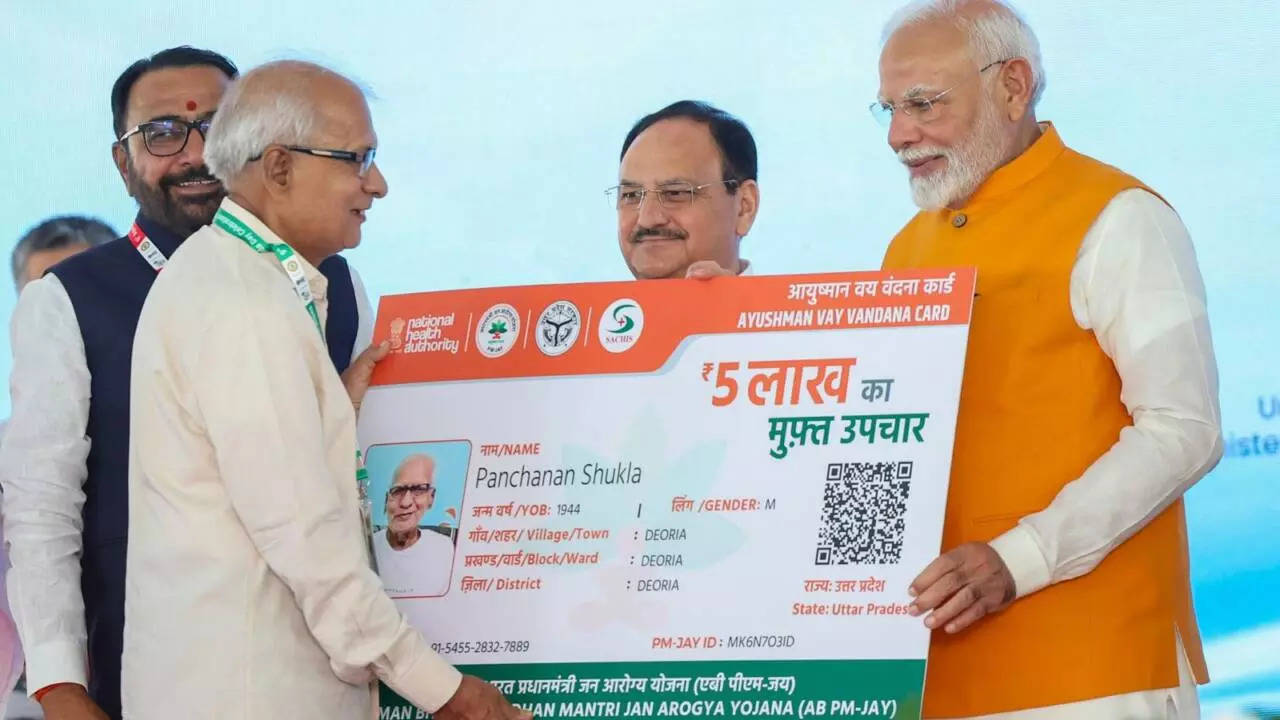Just consider these facts and figures. Over one-third (38.6%) of Indians have fatty liver or non-alcoholic fatty liver disease (NAFLD), a condition in which fat builds up in the liver. The phenomenon is not restricted to adults alone, as it affects nearly 35% of the children as well, as per a report prepared by the All India Institute of Medical Sciences (AIIMS), New Delhi, and published in the Journal of Clinical and Experimental Hepatology in June 2022.
Globally, the prevalence of NAFLD is estimated to be 30%, and is “considerably higher than previously estimated and is continuing to increase at an alarming rate”, as per Dr Abhideep Chaudhary, vice-chairman and HOD, hepato pancreato biliary (HPB) surgery and liver transplantation, BLK-Max Super Speciality Hospital, Delhi.
The worrying aspect is that NAFLD—or metabolic dysfunction-associated fatty liver disease (MAFLD), as it has been recently renamed as—is a silent liver disease with few or no symptoms in its initial stages and hence remains largely unrecognised and unaddressed. “It is usually picked up during a routine blood test showing abnormal liver function results or during an ultrasound examination where the sonologist reports enlarged liver with excess fat in it. As it progresses, it may show signs of an enlarged liver on examination and fatigue. And with further progression, there could be swelling of feet, water in the abdomen and jaundice, suggesting that the liver has become cirrhotic,” says Dr Gourdas Choudhuri, chairman, gastroenterology, Fortis Hospital, Gurugram.
Another worrying aspect is that while only one of five persons affected might go on to develop liver cirrhosis or liver failure, those with NAFLD seem to have shorter life
Who’s at risk?
NAFLD is a spectrum of liver disorders. In simple words, it’s a buildup of extra fat in liver cells that is not caused by alcohol. “It is normal for the liver to contain some fat. However if more than 7-10% of liver weight is fat, then it’s called fatty liver,” says Dr Amogh Dudhwewala, consultant, gastroenterology, Yatharth Hospitals.
Accumulation of extra fat leads to oxidative stress, leading to inflammation of liver or non-alcoholic steatohepatitis (NASH), a more severe condition that NAFLD can progress to, if left unchecked. “Persistence of NASH may lead to cirrhosis and complications including cancers. There are no symptoms early on except for lethargy and fatigue in some, others being completely asymptomatic,” adds Dr Dudhwewala.
Certain disorders are said to increase your risk of NAFLD, the first being obesity. Studies have shown that up to 50% of people with obesity have NAFLD and about 13% have NASH. Insulin resistance, a condition often linked to pre-diabetes or type 2 diabetes, can also contribute to fat storage in the liver. Besides, metabolic syndrome, a cluster of conditions including high blood pressure, high blood sugar, and unhealthy cholesterol levels, can also raise your risk of having NAFLD.
“The main reason behind the surge of NAFLD in India
It is estimated that almost 70% diabetics can have NAFLD and one third of the NAFLD population is estimated to have NASH, says Dr Chaudhary of BLK-Max Super Speciality Hospital. “It is also probable that 5% of people with NASH may develop liver cancer. In the future, NASH is expected to be the most common cause of chronic liver disease and an indication for liver transplantation,” he adds.
Care and caution
Since liver disease is often linked to obesity and diabetes, managing these conditions is crucial. Limiting or avoiding alcohol, which is a major culprit in liver damage, is key. A balanced diet rich in fruits, vegetables, and lean protein, while avoiding processed foods, creates healthy liver function. Regular exercise helps manage weight and reduces the risk of fatty liver disease. “Minimise toxin exposure and practise safe sex to prevent viral hepatitis transmission. Vaccinations for hepatitis A and B are essential. Take medications exactly as prescribed, and schedule regular check-ups to monitor your liver health
The good news about NAFLD is that it can often be reversed, especially in its early stages. The key to reversing NAFLD is through lifestyle modifications. “Losing even 5-10% of body weight can significantly reduce liver fat and improve liver function,” says Dr Chattopadhyay of Kokilaben Dhirubhai Ambani Hospital. According to him, this can be achieved by the following measures:
Diet: A balanced diet rich in fruits, vegetables and whole grains while limiting processed foods, sugary drinks and unhealthy fats.
Exercise: Regular physical activity, aiming for at least 30 minutes of moderate-intensity exercise most days of the week.
Weight management: If overweight or obese, losing weight is crucial.
Managing underlying conditions: Addressing conditions like diabetes, high blood pressure and high cholesterol can help improve liver health.
NAFLD is reversible before too much scarring has occurred in the liver and damage to other organs have taken place, says Dr Choudhuri of Fortis Hospital, Gurugram. “The backbone of management remains a healthy lifestyle—eating less and prudently, maintaining ideal body weight (a body mass index or BMI of 19 to 23.5 for Indians) and being regular with physical exercise. Those unable to achieve targets with lifestyle changes alone, can be helped with medications,” he adds.
Dr Choudhuri offers a few tips. “Increase fibre-rich foods, start your meals with a salad or a clear soup. They fill the stomach often making you consume less calories in the subsequent courses. Eat slowly—remember that the enjoyment of eating is in the mouth on the taste buds, not in the stomach that has been filled to the full. Say ‘no’ to sugar and artificial sweeteners,” he says.
As for exercise, Dr Choudhuri suggests reducing the usage of your car
Last but not the least, all is not lost yet. “Scientists are actively researching medications for NAFLD, with some promising options already available which have shown to reduce the inflammation in the liver and prevent the development of NASH,” offers Dr Chattopadhyay of Kokilaben Dhirubhai Ambani Hospital.
Eat well
- Aim for low calorie intake and a regular meal pattern
- Avoid alcohol; consider diets high in antioxidants
- Avoid mid-meal snacking; avoid high sugar and processed food or drinks
- Replace saturated and monounsaturated fats with polyunsaturated fats
Get active
- Increase daily physical activity, aim for at least 10,000 steps a day; decrease sedentary time or try to break it up
- Include a strength exercise regimen that targets major muscle groups such as biceps, triceps, quadriceps, pectorals and calves
- Incorporate flexibility and balance exercises like yoga, tai chi or pilates to enhance overall physical function and reduce the risk of falls or injuries
- Aim for 150 minutes of moderate aerobic exercises per week; activities like cycling, walking and swimming are effective









